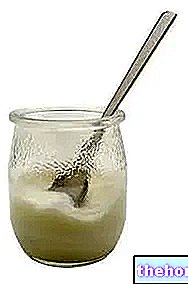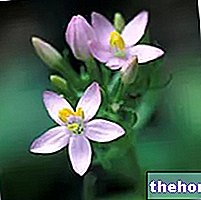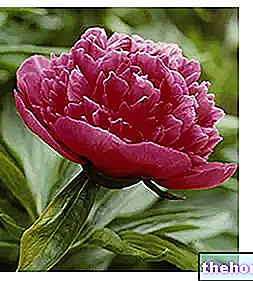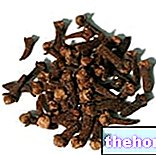
Scientific name
Piscidia erythrina
Family
Leguminosae
Origin
Central America, Jamaica
Synonyms
Jamaica dogwoodParts Used
Root and bark drug
Chemical constituents
- Isoflavonoids (rotenoids);
- Alkaloids;
- Saponins (piscidin);
- Tannins;
- Flavonoids;
- Piscidic acid.
Piscidia in Herbalist: Property of Piscidia
Due to its alkaloid content, piscidia is a plant that can be highly toxic; however, it is still used in therapy, in the form of standardized extracts, for its action on the central nervous system; in fact, it is able to calm pain and induce sleep. In some studies carried out in vitro, piscidia has shown greater activity than papaverine: some isoflavonoids present in the root are responsible for this biological action. Antispasmodic, hypotensive and muscle relaxant properties are attributable to the isoflavonoids, especially at the genitourinary level.
Contraindications
The intake of Piscidia is not recommended for children and the elderly, or in case of ascertained hypersensitivity to one or more components.
Pharmacological interactions
- sum of effects due to the presence of alkaloids with sedative activity on the CNS.




























